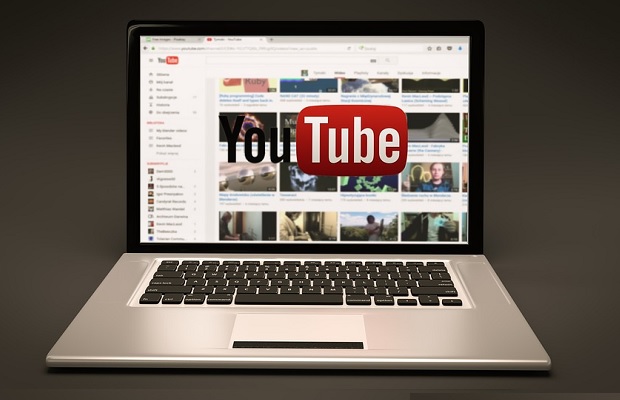YouTube has stopped placing ads on channels with fewer than 10,000 views in a move aimed at preventing people from making money off offensive or pirated videos.

The move came with YouTube striving to derail an ad boycott started by companies worried their brands might be paired with hateful videos at the service.
“This new threshold gives us enough information to determine the validity of a channel,” product management vice president Ariel Bardin said in a blog post.
“It also allows us to confirm if a channel is following our community guidelines and advertiser policies.”
YouTube also plans to soon add a review process for new “creators” who want money-generating channels as part of a partner program at the video-sharing service, according to Bardin.
After a creator’s channel passes the 10,000-view mark, the videos will be reviewed to determine whether they are in keeping with YouTube policies before ads are served up with content.
“Together, these new thresholds will help ensure revenue only flows to creators who are playing by the rules,” Bardin said.
Google said early this week that it was using new artificial intelligence systems to enforce YouTube video policies and help weed out content objectionable to advertisers.
The tech giant also said it would work with third parties to help advertisers protect their brands from unwanted placement.
Google, which has seen a slew of companies withdraw ads fearing placement alongside extremist content, has introduced new tools to give firms greater control.
The boycott began in February after the Times newspaper of London found BBC programs were promoted alongside videos posted by American white supremacist and former Ku Klux Klan member David Duke as well as Wagdi Ghoneim, an Islamist preacher banned from Britain for inciting hatred.
The analysis found more than 200 anti-Semitic videos, and that Google had failed to remove six of them within the 24-hour period mandated by the European Union after it anonymously signaled their presence.
The movement spread to the United States, with AT&T and Verizon pulling ads from Google.
As it grapples with the advertiser revolt, YouTube must walk a fine line between giving advertisers more control and alienating the creators who drive the site’s popularity, analysts say.
